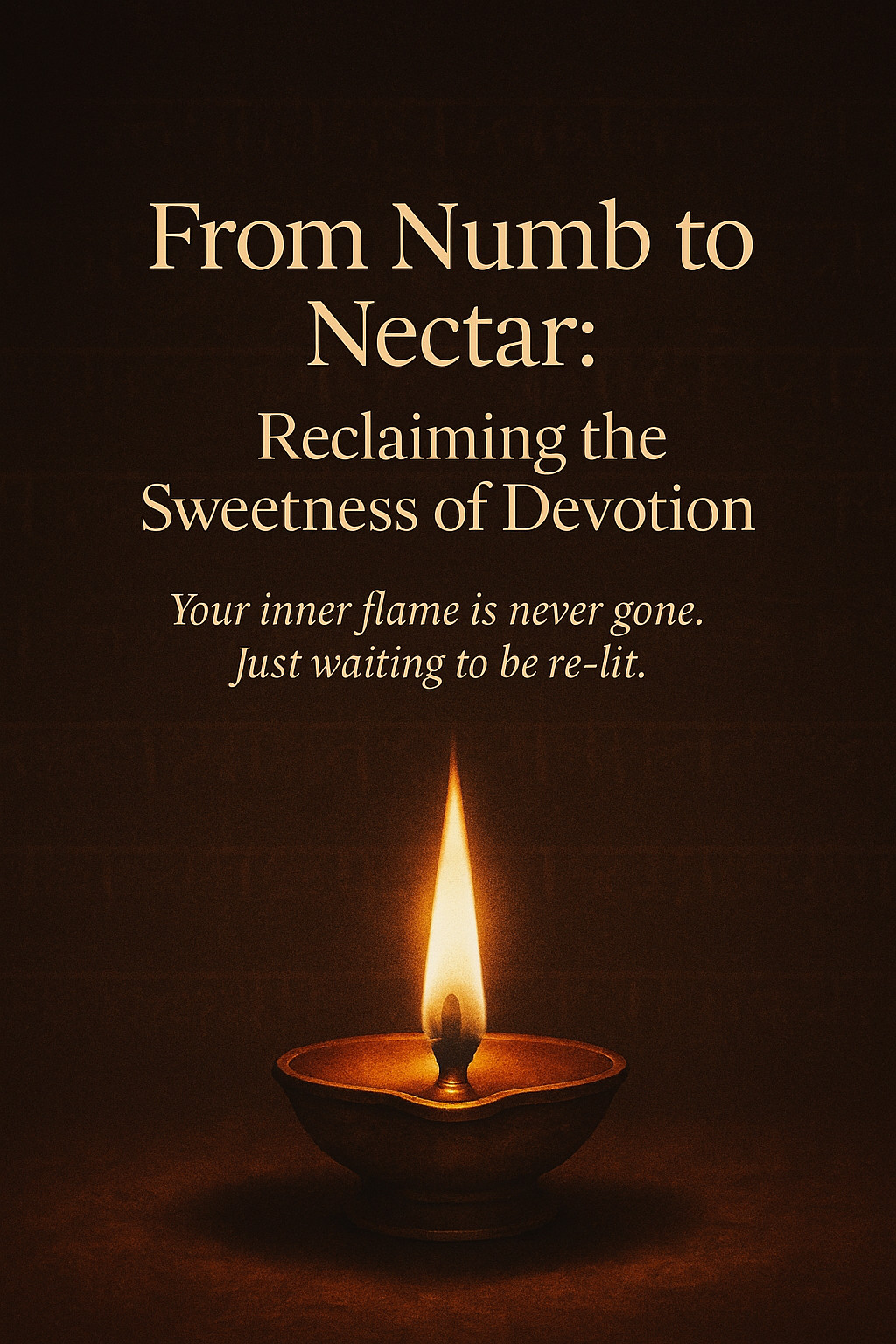In a society where love is often linked to control and possession, surrendering seems counterintuitive, yet it is the core of the deepest, most transformative love. True love, which surpasses ego and fear, invites us to surrender not to another person but to the highest good and to the flow of life itself. This surrender opens us to miracles and reveals true freedom, enabling a love that is boundless and unconditional.
Surrendering in love is not about loss of control or power but about releasing expectations and trusting life's wisdom. It involves embracing vulnerability by breaking down defenses built around the heart, such as fears of rejection or abandonment. By doing so, we create space for a connection that is authentic and transformative, allowing the relationship to evolve naturally, guided by trust that life will lead us toward the highest good.
This surrender is an active, courageous process that frees us from control and fear, allowing love to transcend mind and ego. It aligns us with the highest good for all involved, honoring personal boundaries while supporting mutual growth. Ultimately, surrendering in love paves the path to true freedom—freedom to love deeply and fully, without reservation, embracing the divine essence of real love.
Read more...The article explores the profound implications of saying "I’m in love with you," emphasizing that these words convey more than just affection for another person. Drawing inspiration from Ram Dass, it suggests that the person we love acts as a mirror, reflecting and awakening the boundless love that already resides within us. This perspective shifts the focus from seeing love as something given or taken by another to recognizing it as an intrinsic part of our own being, merely unlocked by the presence of the other person.
Viewing love this way transforms our relationships into journeys of self-discovery, where partners act as catalysts for accessing deeper parts of our own heart. It encourages a shift away from attachment and fear, instead inviting an expansive, unconditional way of loving that is not reliant on the other's actions or presence. By acknowledging that the love we feel is our own, the experience of being "in love" becomes not just a connection with another person, but a profound connection with our own capacity for love.
The teachings of Ram Dass highlight love as a spiritual practice, wherein each relationship becomes a chance to explore and expand the depths of our own heart. This understanding allows us to appreciate our partners for the transformative role they play in our lives, helping us remember that at our core, we are beings of love. By recognizing this, we are able to approach love with gratitude and freedom, reveling in the miracle of connection that brings us closer to the divine essence within ourselves.
Read more...Real love transcends possession and control, inviting space for personal growth and shared well-being. True love is characterized by an open-hearted surrender, where we release the need to determine outcomes and instead embrace trust and freedom. This transformative approach allows love to flourish, directed by the natural flow of life and marked by profound possibilities.
Surrendering in love is often misperceived as a loss of power, but it actually means letting go of specific expectations to permit life’s course to unfold naturally. This requires deep trust in both our partners and the universe, recognizing that challenges and joys alike serve a higher purpose. By embracing this mindset, we open ourselves up to unexpected miracles and the true freedom that love can bring.
Aligning love with the highest good suggests seeking the well-being of both partners over individual desires. Real love supports growth and sometimes necessitates letting go to allow both individuals to reach their fullest potential. Through surrender, we create an environment where love can expand authentically, welcoming the unexpected miracles that such freedom and trust can manifest.
Read more...Khalil Gibran's reflections on fear deeply delve into its impact on the human condition and our interaction with the unknown. In his work "Fear," he portrays fear as a barrier that can prevent us from fully experiencing life. Gibran urges us to embrace fear as an integral part of our journey, reminding us that succumbing to it can deprive us of life's beauty and richness.
He illustrates this through the metaphor of a river standing before the vast ocean, a symbol of life's great challenges and uncertainties. The river, embodying an individual, hesitates at the edge of the ocean, fearing the unknown. However, it must take the leap to understand that entering the ocean isn't about disappearing but about transformation and unification with a greater existence.
Gibran emphasizes that fear should neither be shunned nor ignored but understood and transcended. By confronting our fears, we undergo growth and change, akin to the river’s journey into the ocean. This powerful message encourages us to face life's uncertainties with courage and an open heart to reap profound rewards.
Read more...In ancient Indian alchemy and traditional practices, there is a concept known as **"Navapashanam"** (meaning "nine poisons" or "nine deadly metals"), which refers to a unique combination of nine different metals or elements believed to have healing properties when mixed in specific proportions. Statues or idols made from these metals are sometimes said to hold the power to cure diseases and bring spiritual benefits.
The nine metals typically include:
1. **Gold**
2. **Silver**
3. **Copper**
4. **Iron**
5. **Tin**
6. **Zinc**
7. **Mercury**
8. **Lead**
9. **Bell metal (a bronze alloy)**
The idea behind Navapashanam is that these metals, when combined in precise proportions by highly skilled artisans and alchemists, undergo a transformation, balancing their potentially harmful properties and unlocking their medicinal and spiritual benefits. Such statues or idols are often used in traditional Hindu rituals, believed to bring blessings, good health, and longevity.
Historically, these metals have been associated with certain cosmic energies, and they symbolize different planetary influences in **Jyotisha** (Vedic astrology). The use of Navapashanam is not widely known or practiced in modern times, but there are still devotees and traditional healers who believe in its powers.
**Healing Properties:**
It is believed that water poured over a Navapashanam statue absorbs the curative energies of the metals. Drinking this water or using it for bathing is thought to provide relief from ailments, improve vitality, balance the body’s energies, and even cure chronic diseases. Some also claim that the statue radiates healing energy, which can benefit anyone near it.
**Spiritual Benefits:**
In addition to its health-related benefits, Navapashanam is also seen as a spiritual tool. The mixture of metals is believed to balance planetary energies, ward off negative forces, and enhance one’s overall spiritual well-being.
### The Legend of Siddhars
Navapashanam is often linked to the Siddhars, ancient Tamil mystics and yogis who were said to possess profound knowledge of alchemy, medicine, and spirituality. According to legend, they used their knowledge of metals and minerals to create Navapashanam statues and medicinal preparations that could cure any disease and even grant immortality.
While modern science has not validated these claims, the lore around Navapashanam persists in certain spiritual circles, especially in South India.
### Conclusion
Though the idea of a statue made of "9 deadly metals" curing all diseases may sound extraordinary, it is a part of ancient Indian alchemical traditions that focus on the transformative power of metals. Whether viewed as a mystical practice or simply a fascinating cultural tradition, the Navapashanam concept speaks to the timeless human quest for healing and the merging of spiritual and physical well-being.

